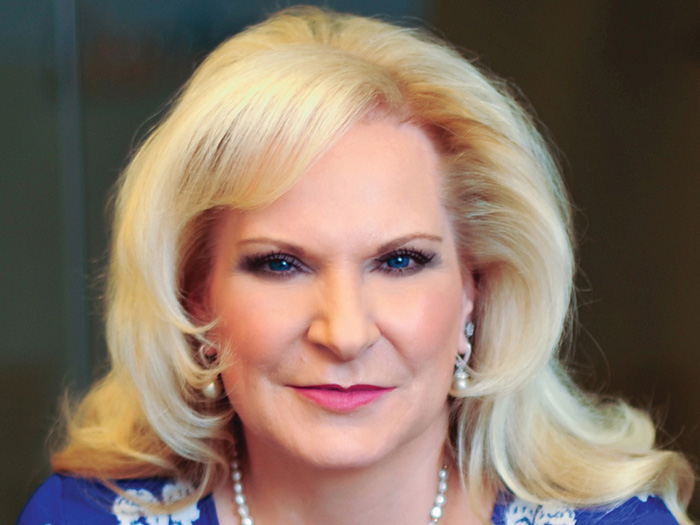Jury Attitudes Shift as Small Businesses Face Same Nuclear Verdict Risk as Fortune 500

The percentage of Americans who believe there are too many lawsuits has plummeted to 56% today, from 90% in 2016, marking a fundamental shift in how jurors view litigation and corporate liability that poses equal risk to small businesses and large corporations alike, according to Swiss Re’s 2025 Behavioral Social Inflation Study.
“We’re seeing growing strain on the civil justice system, with more lawsuits yielding damages that often outpace the actual harm,” said Monica Ningen, CEO P&C Reinsurance US. “Jury awards in the tens of millions are becoming more frequent, shaped by emotion, not just evidence.”
Litigation Becomes the New Normal
The nationally representative survey of 1,150 U.S. adults reveals that litigation has transformed from a last resort into an accepted tool for justice, Swiss Re said. Three-quarters of respondents now believe damages awarded in lawsuits are either too low or just right, compared to 58% eight years ago. This shift creates a new psychological baseline in courtrooms where higher awards are not just permissible but expected.
The survey found that 85% of respondents believe large corporations prioritize profit over safety, while only half say the same about small and medium-sized enterprises. Despite this perception gap, support for punitive damages remains strong across the board—79% favor them against large corporations and 67% against SMEs, a narrower margin than many risk managers might anticipate, according to the report.
Political affiliation, age and income levels significantly influence these attitudes. Self-identified Democrats selected award amounts 25% to 65% higher than Republicans, with the gap widening at higher plaintiff demands. Younger jurors proved especially plaintiff-friendly, with 83% of those under 40 believing current damages are appropriate or insufficient, compared to just 41% of those over 60.
Injury Severity Trumps Company Size in Verdict Decisions
When presented with randomized legal scenarios involving slip-and-fall incidents, motor vehicle accidents and product liability cases, participants consistently based their award recommendations on injury severity rather than defendant size, according to the report. In product liability cases where user error caused the injury, 40% of respondents still recommended compensation for severe injuries vs. only 24% for minor ones.
The introduction of plaintiff anchors—suggested award amounts—dramatically altered outcomes for both large and small defendants, Swiss Re found. When plaintiffs requested $100 million in a motor vehicle accident case, average awards jumped to $20 million for large corporations and $13.8 million for SMEs. Without these anchors, awards remained relatively modest, often below $1 million with minimal difference between company types.
Perhaps most striking, the share of respondents issuing nuclear verdicts exceeding $10 million was nearly identical: 30% for large corporations versus 25% for SMEs. This challenges the long-held assumption that smaller businesses face inherently lower liability risk in severe injury cases, according to the report.
Strategic Responses Required Across the Insurance Ecosystem
The findings point to specific actions for stakeholders navigating this evolving landscape. Defense teams that introduced counter-anchors—their own suggested award amounts—successfully reduced average verdicts by 40% to 50%, though 14% of jurors still issued nuclear verdicts despite these efforts, the report said.
The insurance industry must also engage more effectively with policymakers and the public about how litigation dynamics affect coverage availability and affordability.
“These rising liability costs don’t stay in the courtroom. They contribute to higher insurance premiums, reduced coverage availability, and increased costs for everyday goods and services,” Ningen said. “The growing role of third-party litigation funding adds another layer of pressure, often prolonging cases and inflating awards. Given the magnitude of these costs, businesses must pass these pressures along the value chain, and ultimately, consumers bear the impact.”
View the full report here. &










